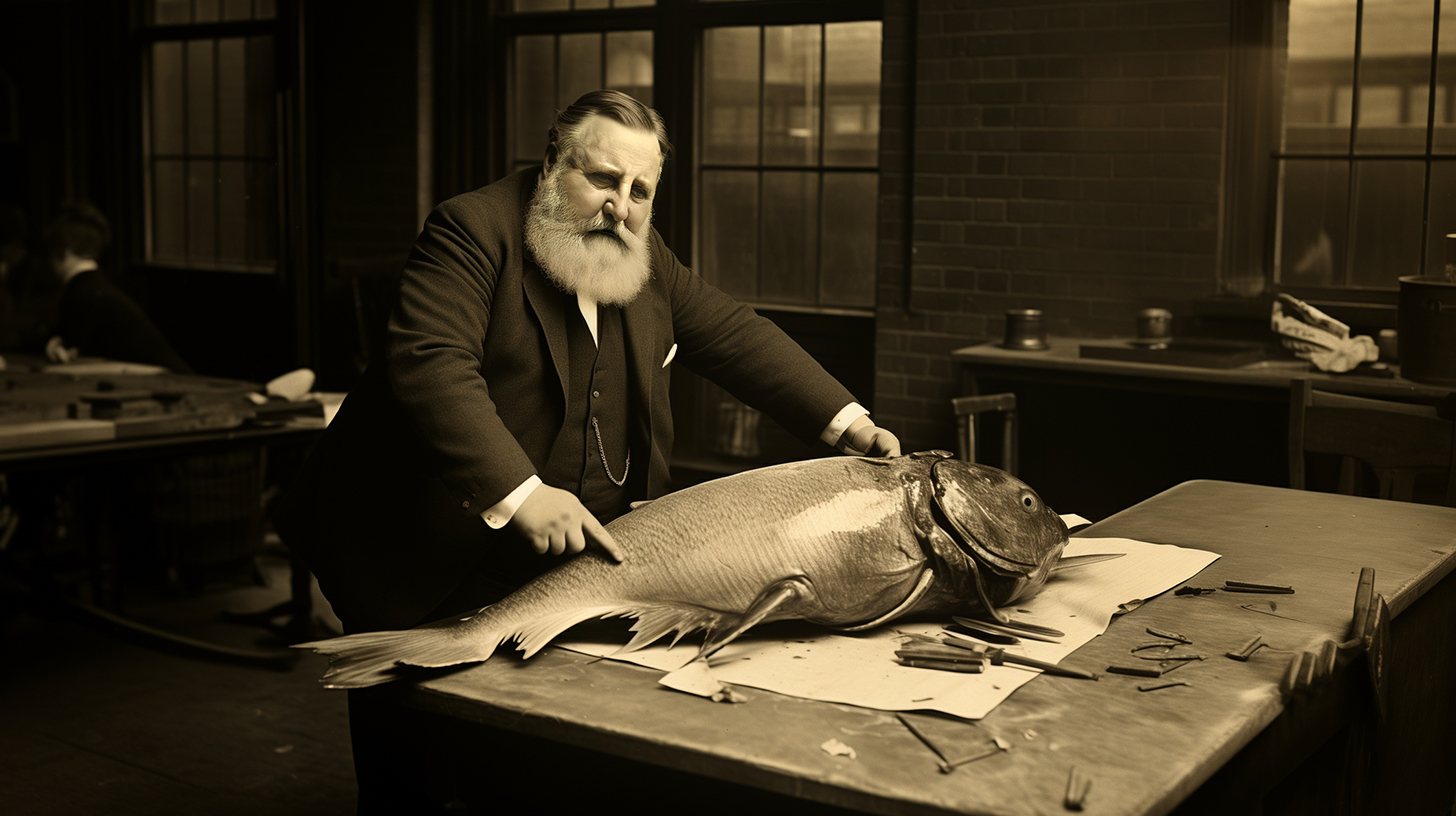
The Northern Link – An Elof tale
The Northern Link – An Elof tale

After our first playful experiment with GenAI in “The Fisheries Agency – An Elof Tale,” Peter Öberg and I couldn’t resist diving into a new Elof story. This time, with “The Northern Link,” we set out to create a short film with a more complex storyline, voice narration, and historical references. Inspired by the ongoing infrastructure project in Gothenburg, our fictional character Elof takes on his own ambitious tunnel-building attempt from the late 1930s. Here’s how we brought this nostalgic, humorous tale to life using GenAI tools.
A few weeks after wrapping up our first GenAI film project, “The Fisheries Agency – An Elof Tale,” my friend Peter Öberg and I found ourselves brainstorming ideas for the “next” Elof adventure. Partly driven by curiosity and partly by a desire to push GenAI tools further, we wanted to see how well AI could handle a more complex short film, incorporating dialogue, voice narration, and a more developed storyline.
This time, we aimed for a film just under two minutes to keep it manageable. Our main goal was to experiment with new techniques, but we also wanted to have some fun with it. We didn’t invest too heavily in scriptwriting or serious plot development—this was about testing the tools, learning, and having a laugh along the way.
The Storyline and Setting
Once again, Elof took center stage in our tale. For this story, we drew inspiration from current events in our hometown of Gothenburg, where an ongoing infrastructure project called Västlänken (The West Link) is reshaping the city landscape with a tunnel construction that’s stirred up public opinion due to delays and budget overruns. We decided to create a fictional backstory for Elof, imagining that he had attempted his own version of this project back in the 1930s, dubbing it “The Northern Link.” Of course, his endeavor was destined to fail—but in a humorous, nostalgic way that locals might recognize.
To make the story feel authentic, we focused on capturing details of the late 1930s Gothenburg, sourcing old photographs and adding “filler” clips of the city and its surroundings. For narration, we used an old journalistic style with a voice we trained specifically in ElevenLabs to resemble the tones of classic Swedish newsreels. We also chose a brass orchestra soundtrack to capture the feel of that era, along with historically accurate fonts for the title graphics. These details helped transport viewers to another time, making the short film feel true to its setting.
Developing Cinematic Techniques
This time, we went beyond the static, silent film approach of the first Elof movie. We wanted to mimic the evolving cinematic techniques of the era, so we analyzed old journal films and noticed a shift in how scenes were presented—more filler shots, smoother transitions, and a balance between narration and action. We tried to capture this in our own scenes, arranging them to keep the narrative flow without overcrowding the main footage with voiceovers.
The entire project took us about 16-20 hours, as we worked with new elements like voice narration and advanced editing. The process was an eye-opener, not only for understanding AI’s capabilities but also for appreciating the art of vintage cinematic storytelling. The end result was a charming little short film that blended nostalgic elements with our own playful take on historical events.
The Story Behind “Elof”
Who is Elof? Elof was Peter’s grandfather—a figure Peter met only a few times in his childhood but heard many stories about over the years. Known for his entrepreneurial spirit and unique way of doing things, Elof had the perfect personality for a quirky, fictionalized portrayal. As Peter’s alter ego “Peder Pan” shares some of these traits, Elof became an ideal character to bring to life in our nostalgic cinematic experiments. “The Northern Link – An Elof Tale” became a playful exploration of Elof’s character, merging my love for graphic design with the curious possibilities of GenAI. It’s been a journey in combining past and present, humor and nostalgia, all through the lens of AI-assisted creativity. Say hello to my creative friend & ideator Peder Pan at: YouTube


